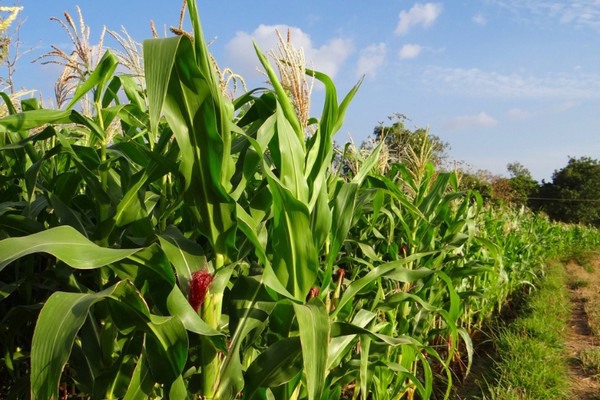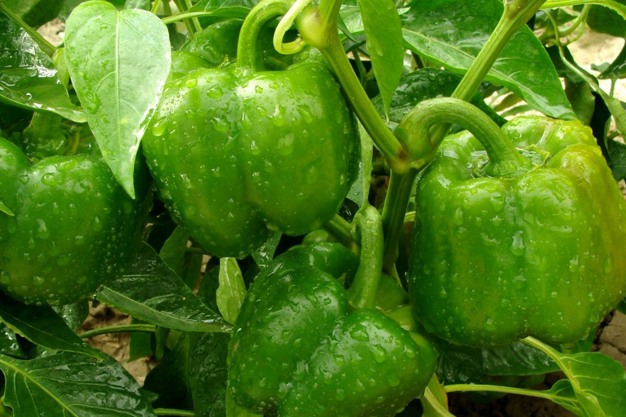The impact of last week's Hurricane Helene continues to be widespread affecting regions from Georgia to North Carolina and even into Tennessee. In produce, assessments of crops and fields are underway though more may not be known for days or weeks.
In Georgia, most of the damage was on the eastern side of I-75 and east and north of Valdosta. While it's affected other areas as well, this is generally where the most rain and wind occurred. Power is being restored to affected regions but there are still areas without power. "Rural areas are struggling and there's a slow return to power for some farms," says Neil Mazal of East Coast Farms & Vegetables.
In the Bainbridge region of Georgia, corn growers report there's not much damage. "There was some rain and some wind and they are putting their corn as 85 percent US #1 percentage corn with some small barrel size and also some naked tip. The corn crop didn't sustain catastrophic damage though," he says.
Some crop losses
Meanwhile, some row crop growers have reported extreme damage thanks to heavy flooding and wind and some packing houses have also been affected. "I know of at least one grower that has lost their crop for the season and their packing house. The whole roof blew off their packing house," says Mazal. "Damage generally is spotty and it depends on where you are and what side of the storm you're on."

In the Bainbridge region of Georgia, corn growers report there's not much damage. Photo: Georgia Fruit & Vegetable Growers Association.
In North Florida, tomatoes were affected slightly by the storm.
In turn, the rain-caused flooding is evolving into a food safety issue given there's standing water in the fields. That could prompt questions as to where that water came from and if is it contaminated and that could mean involvement from the Food and Drug Administration. "The cucumber plants that are up on poles, pepper plants on string, all probably came down while the cabbage and squash were all on the ground on plastic for the most part," he says, adding that if the water got above the level of the beds in the fields, that would cause food safety concerns.
Preparing for Helene
Ahead of Helene, some growers did strip plants and pack product in coolers. However, if those growers lost power, that product in storage may cause shelf life issues.
This means the focus is also now on where product can be accessed if needed. "Canada is still picking to some extent as is New York, Michigan, New Jersey, and California," says Mazal. "Mexico's just starting to come into some volume so there are alternative supplies, but it's not full growth cycle supplies."
 Some row crop growers have reported extreme damage thanks to heavy flooding and wind and some packing houses have also been affected. Photo: Georgia Fruit & Vegetable Growers Association.
Some row crop growers have reported extreme damage thanks to heavy flooding and wind and some packing houses have also been affected. Photo: Georgia Fruit & Vegetable Growers Association.
After all, California is winding down with the production of peppers, squash, eggplant, and cucumber. Mexico isn't in full harvest mode and is also contending with its hurricane that went up the gulf and also saw some flooding. "I'm getting reports that the squash isn't ready and those who are shipping squash in Mexico are dealing with stunted lengths in zucchini and limited supplies of yellow squash. They are just starting to come into cucumber and pepper volume," he says, adding that Mexico doesn't grow enough to cover because regions plant in contemplation of other harvest areas producing.
Questions for Thanksgiving
All this points to a potential short supply ahead. "This weather is impacting product all over the place like we have been saying for a long time and my feeling is that we're going to have a shortage for Thanksgiving. Those crops just blooming like the green bean crop that was just starting to flower–the wind may have blown that plant down and or blown the bloom off, so will there be a shortage of beans for Thanksgiving? It could be very likely," Mazal says.
In the short term, he says there will likely be some discounted product shipping that was picked before the storm and/or salvaged after the storm.
 For more information:
For more information:
Neil Mazal
East Coast Farms & Vegetables
Tel.: +1 (561) 286-0286
[email protected]
https://www.eastcoastfarms.us/
